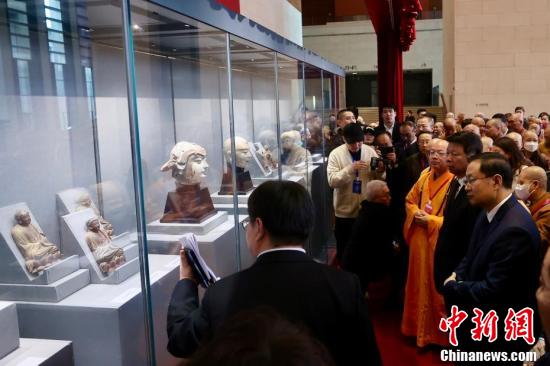
Guests attending the donation ceremony view the Buddhist relics at the National Museum of China in Beijing on Monday. (Photo/China News Service)
Thirty Buddhist cultural relics have been returned to the Chinese mainland from Taiwan thanks to the joint efforts of people on both sides of the Strait.
The relics were escorted to Beijing by a delegation of about 200 people from the United Association of Humanistic Buddhism, Chunghua.
Most of the relics were believed to have been stolen from Shanxi province before being taken overseas.
They were transferred to the National Cultural Heritage Administration on Monday, marking the largest return of lost relics to the mainland from Taiwan in recent years.
Thirteen of the returned pieces, including the heads of broken Buddhist images and painted sculptures of Buddha, were shown at a donation ceremony at the National Museum of China in Beijing on Monday.
Initiated by Hsing Yun, a late Buddhist master, and the Fo Guang Shan Monastery in Kaohsiung, the United Association of Humanistic Buddhism, Chunghua, was founded in 2015 and now includes over 400 temples and organizations across Taiwan.
Wu Chih-yang, co-president of the association, said the returned relics were collected by "warmhearted people" from overseas and then gathered by the association.
"There is always a long story behind each lost item, but destiny rediscovers them, and the key is thus to bring them home," Wu said. "Donation of these items is not only an exchange of cultural heritage and Buddhist circles across the Strait. It's a higher level communication concerning our deep emotion."
The relics are generally considered to be from the Song (960-1279) to Ming (1368-1644) Dynasty.
Sammy Yang, vice-chancellor of Taipei's Shih Hsin University and a member at the association, said a preliminary appraisal in Taiwan two years ago indicated a high degree of similarity in the artistic styles, materials and craftsmanship of some of the painted sculptures with others in Buddhist temples in Shanxi province.
Analysis of cutting marks on some head statues led to speculation that they may have been stolen about 30 years ago, considering some Buddhist statues were cut and stolen from a Shanxi temple in an identical way in 1993. They were later found and returned from Taiwan in 1999.
But Yang said other relics in the group may have been stolen much longer ago.
In March 2016, Hsing Yun and his followers escorted the lost head of a 6th-century Buddhist statue to Beijing and donated it back to the mainland. That piece was stolen from a temple in Hebei province and later collected by a Taiwan entrepreneur who is a Fo Guang Shan Monastery pilgrim.
At the donation ceremony in 2016, also held at the National Museum of China, Hsing Yun promised to bring more lost items back.
He died about a year ago.
"Hsing Yun established an outstanding example for people to safeguard Chinese cultural relics," Sun Yeli, minister of culture and tourism, said at the museum on Monday. "Again, we see his unfulfilled wish get realized."
Sun said comprehensive studies of the relics will be soon launched. Related exhibitions will also be organized to allow people on both sides of the Strait to benefit from the fruits of the joint protection of cultural relics.
"Cultural communication has always played a crucial role in enhancing people-to-people connectivity across the Strait and strengthening our links," Sun said.








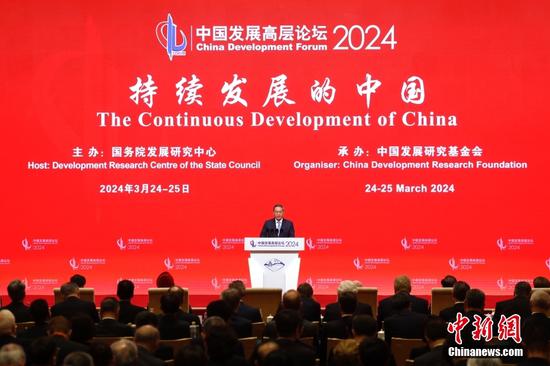

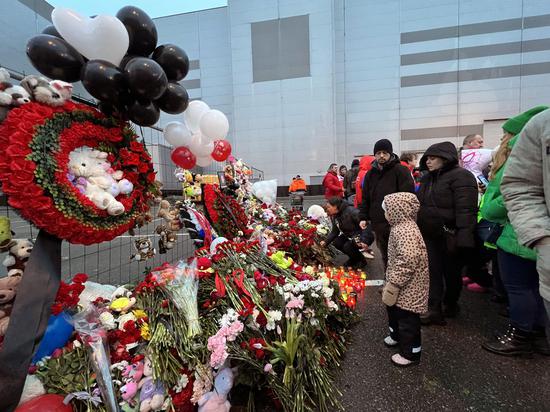

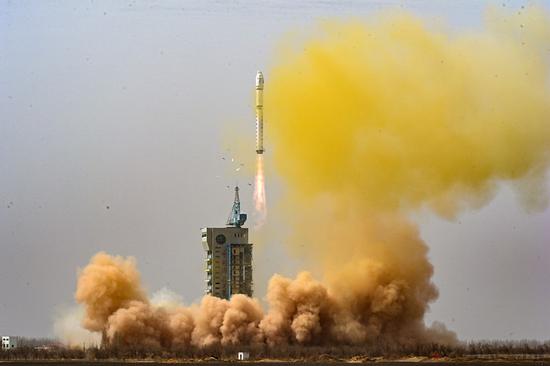


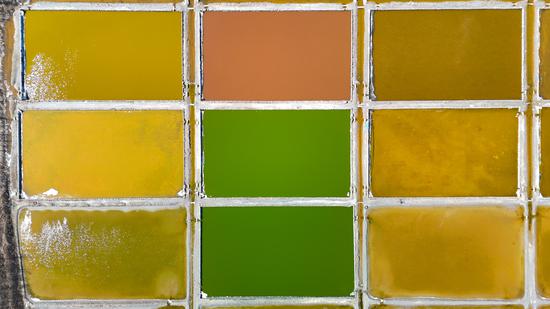





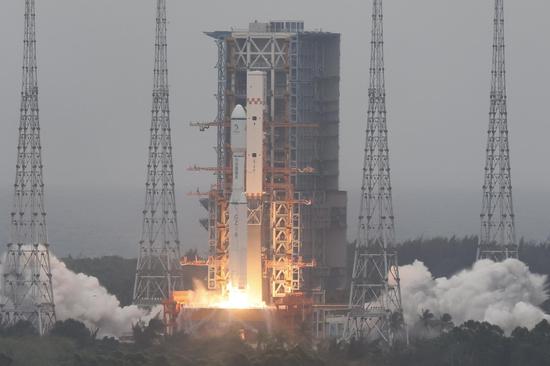

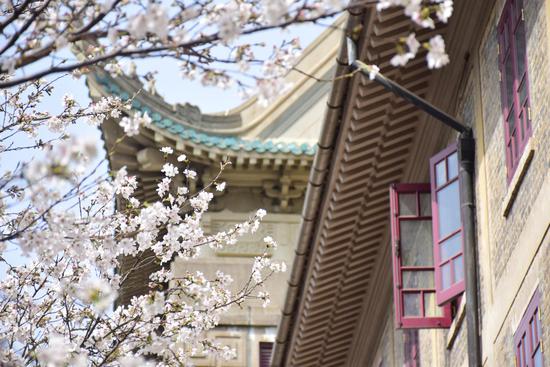
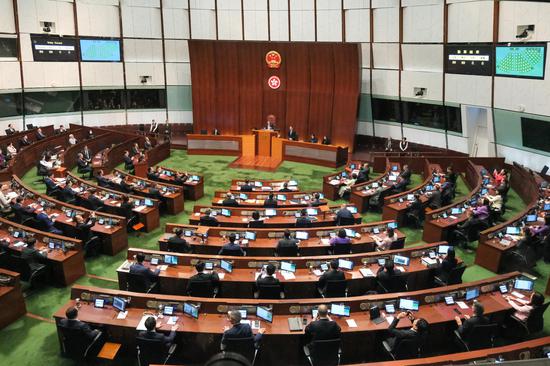

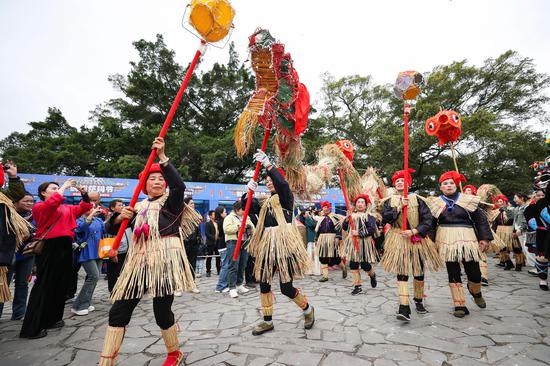
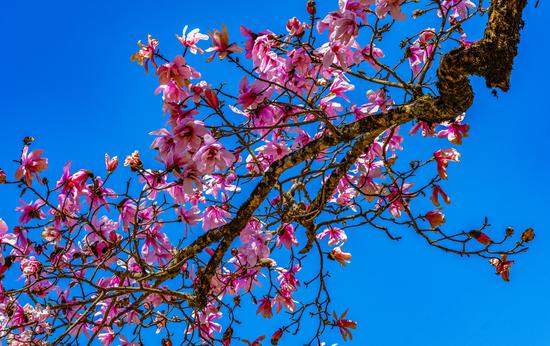

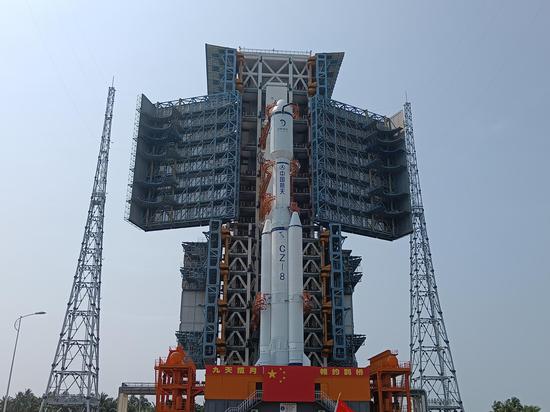
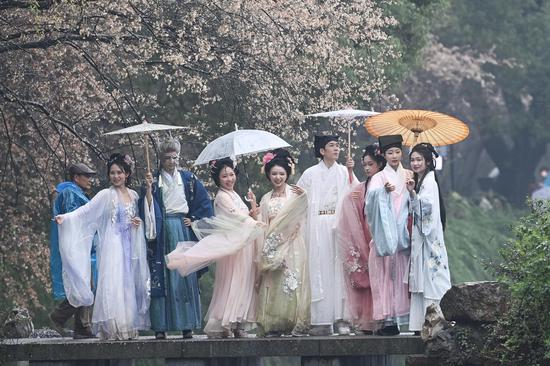






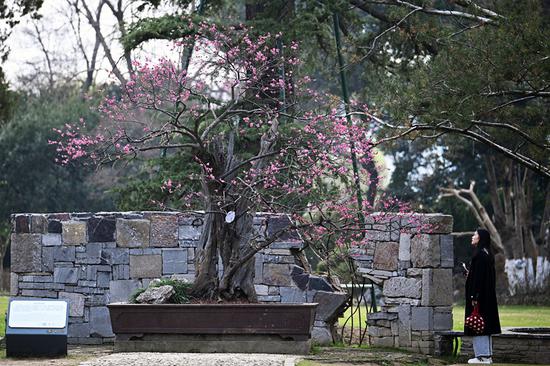

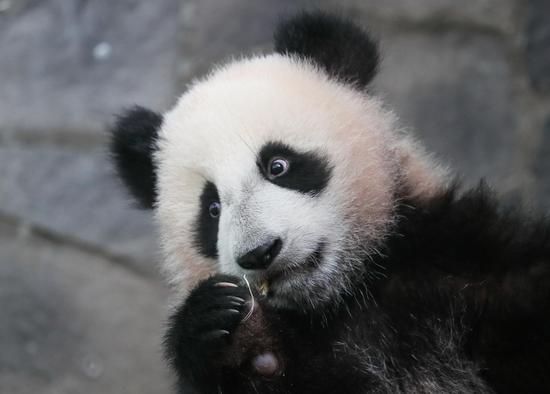
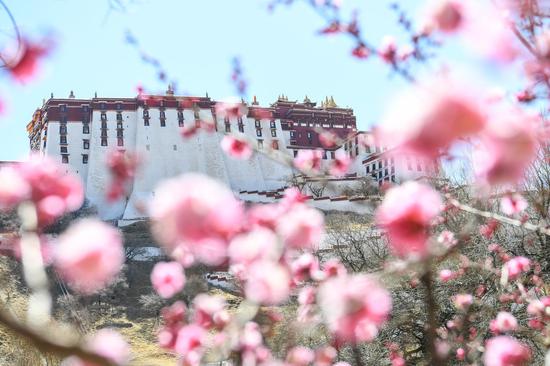

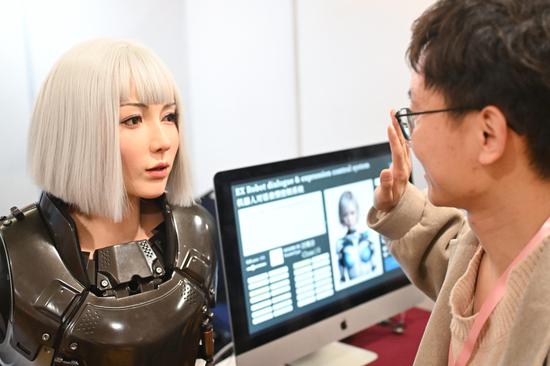



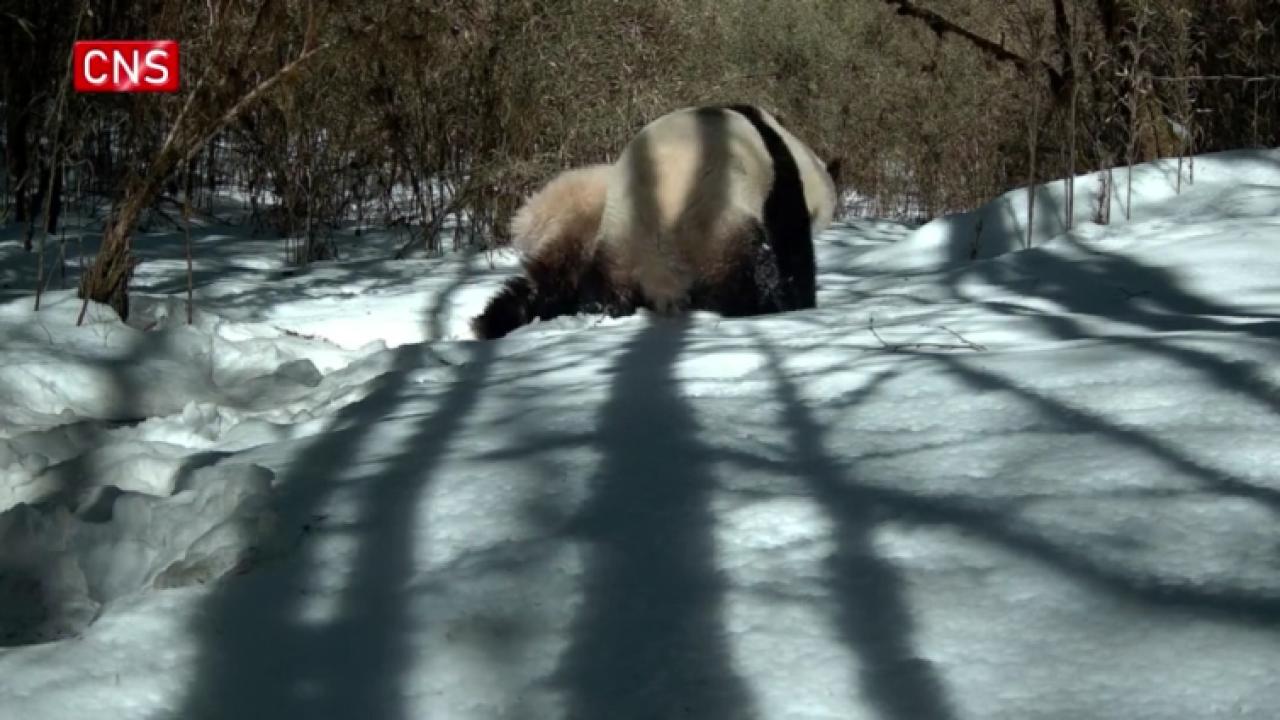

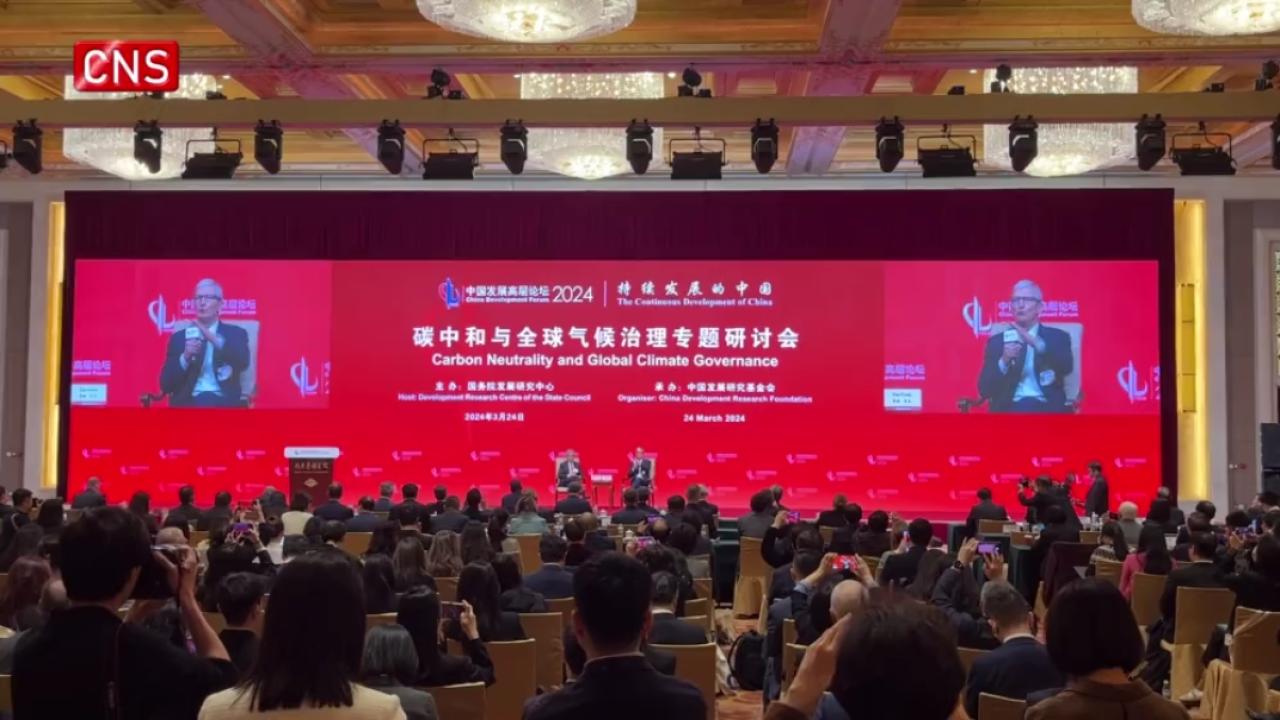

 京公网安备 11010202009201号
京公网安备 11010202009201号